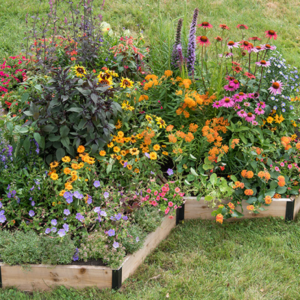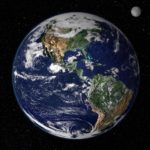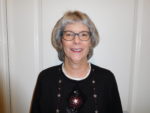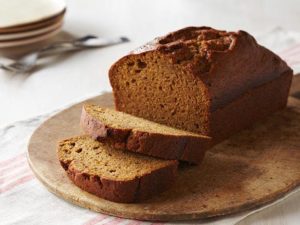Pilgrims following the ancient Camino de Santiago de Compestella (The Way of St. James), will no doubt encounter Padrones, the signature tapas dish of Galicia in Northern Spain. Padrones are young Padron peppers blistered in olive oil then sprinkled with course sea salt. Seems simple enough. But the Padron has something other peppers don’t – heritage and a secret.

The St. James Connection
As legend has it, St. James the Apostle spread the gospel in what is now Northern Spain. At some point, he returned to Judaea (reason unclear), where Herod Agrippa had him beheaded. The reason for St. James’ killing is muddy, though historians believe the execution probably had something to do with James’ reputed bad temper and sassy mouth.
Eventually the stone ‘pedron’ was moved a few miles inland where it became the centerpiece of a church dating from tenth century. The village Padron flourished around the church. Visit Church of Santiago today in modern Padron, and see the ancient stone.
As for St. James’ body; it was taken further east and secretly buried. Many years later the corpse was rediscovered. Construction of a massive cathedral was begun in 1075 to hold the Saint’s remains. For over nine hundred years, the Santiago de Compestela Cathedral in Santiago, Spain has been the destination for pilgrims traveling The Camino de Santiago known as The Way of St. James.
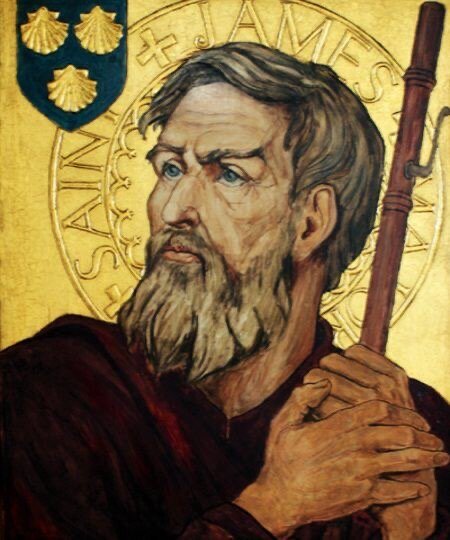

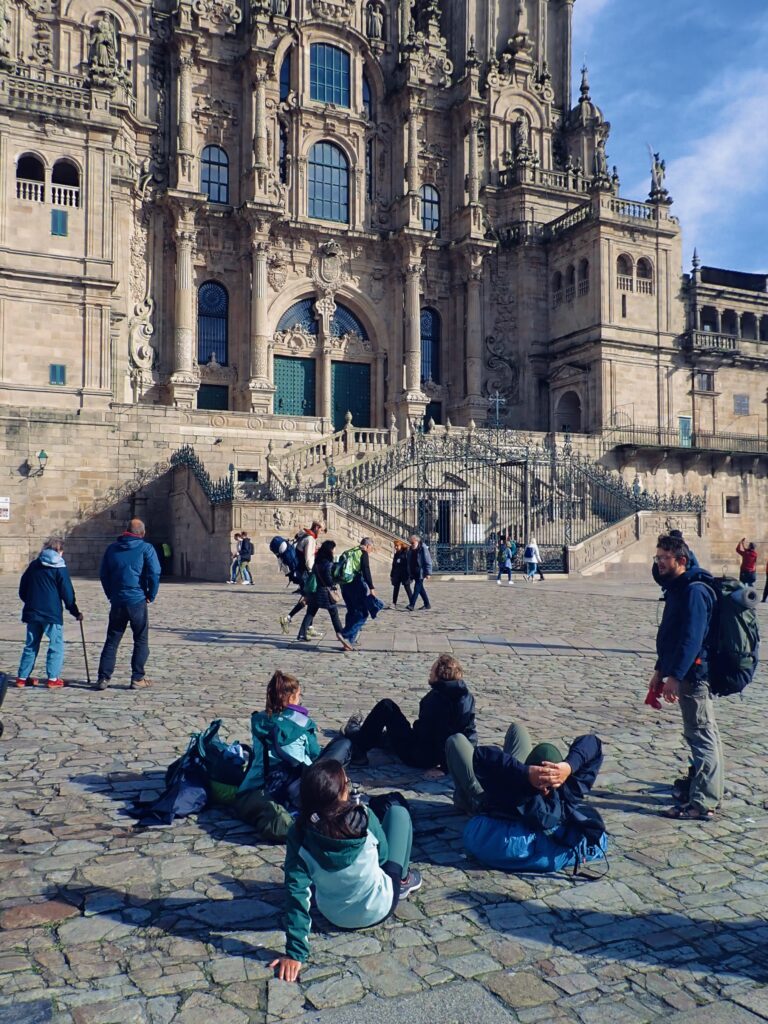
Now, back to the peppers.
Padron – The Peppers. The Tapas. The Secret.
Padron pepper seeds were first brought to Northern Spain by Franciscan friars returning from Mexico. The pepper thrived, and soon took the name of the village Padron. Today over 3000 pounds of these peppers (also called Pimentos de Hebron) are produced each year in areas around the Padron municipality.
The peppers are small, cone shaped, and usually look a little wrinkled. Padrons are harvested young for the Galicia region’s world famous tapas dish – Padrones.
Nothing fancy here. A order of Padrones is two dozen or so young Padron peppers blistered in a good olive oil, then sprinkled with course salt and served hot. If you decide to try Padrones (the tapas), be ready for celebrated secret of the Padron pepper.

Most young Padron peppers are mild and easy to eat. But about one in ten (as the local estimate goes) are fiery hot. Hot or mild; there is no way to tell the difference by looking. As the Galatians waiters are fond of saying:
Os pementos de Padrón, uns pican e outros non (“Padrón peppers, some are hot, some are not”).
Growing Padrons
Until just a few years ago, Padron seeds were hard to find in the States. Not so much these days. Seeds sold by many online seed sellers.
Here in North Texas, I start my Padron seeds indoors around mid-February. They are very easy to grow and seem to have few problems with pests or disease. They need full sun, and will tolerate heat if they are watered regularly and mulched well. Padron plants continue to produce even through our triple digit dog days in July and August.
For Padrones – the Tapas, peppers should be picked when they are young and still green. These will be 1-2 inches long. Six healthy plants are enough to feed my personal serial cravings for Padrones.
All Padron peppers, if allowed to grow, will become fiery hot. A very tasty, but very hot, Chipotle powder can be made by smoking then grinding Padron peppers that have become red.
